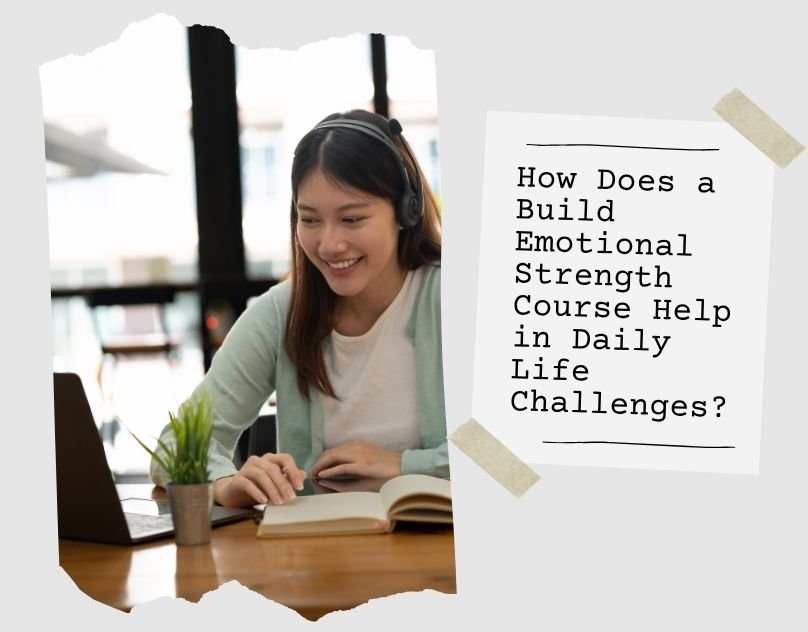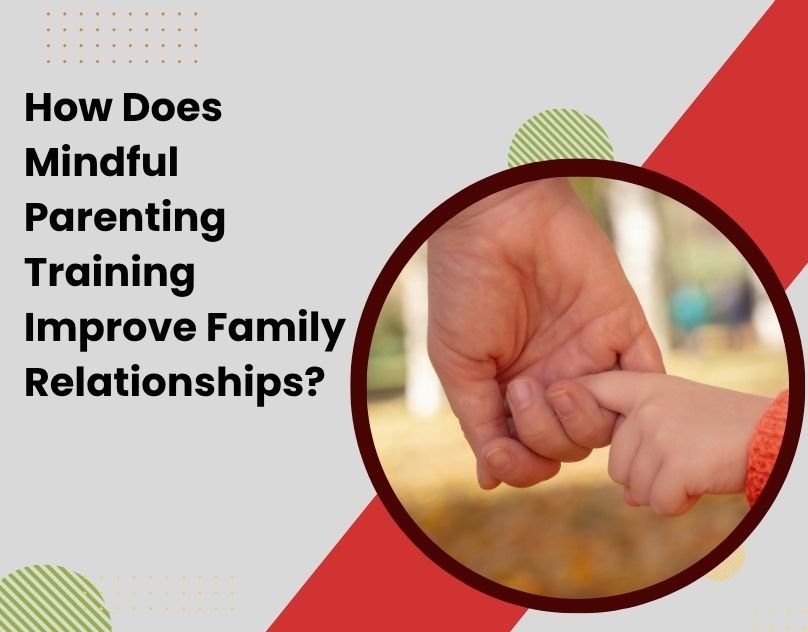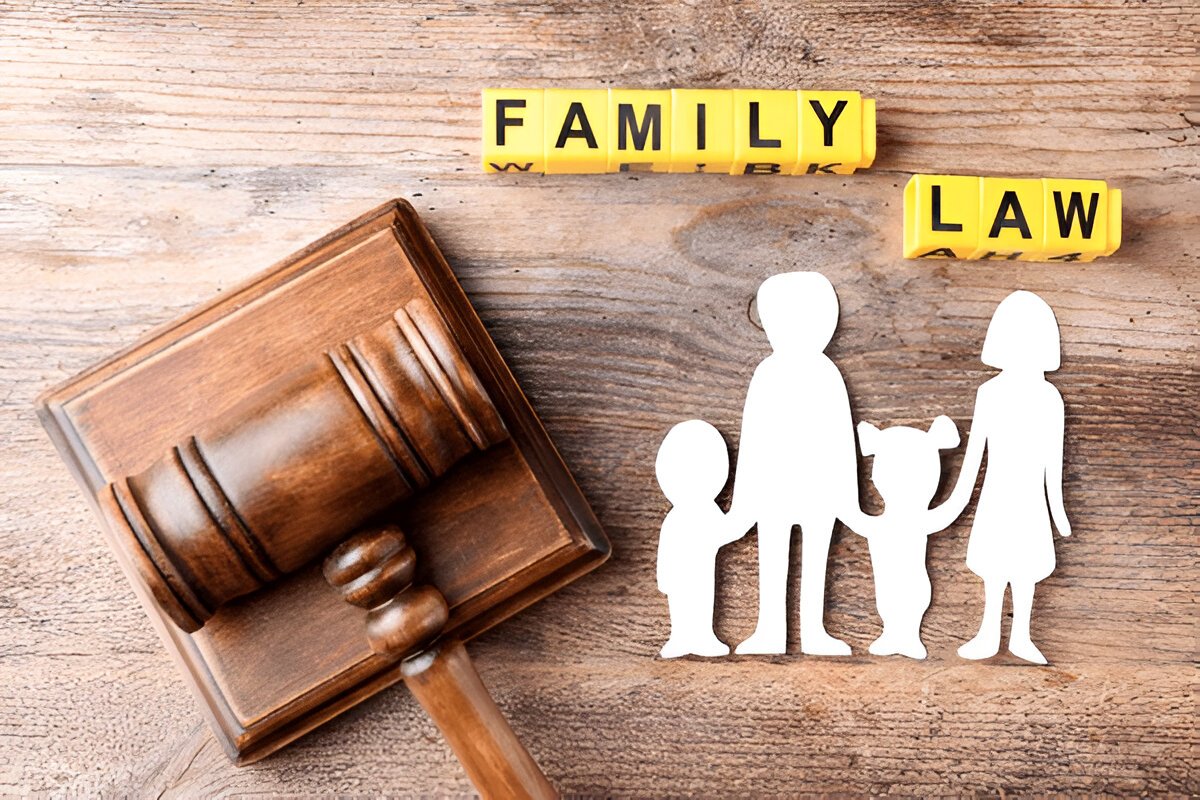In today’s demanding world, emotional pressure is constant—whether it’s juggling office deadlines, handling relationship friction, managing financial uncertainty, or simply staying motivated. While many Indians seek success in education and career, fewer invest in building the inner strength needed to face life’s daily stressors.
That’s where a build emotional strength course becomes truly valuable. More than just a feel-good activity, such a course provides practical tools to handle stress, improve resilience, and regain emotional control. Moreover, when supported by the right emotional wellness resources, this training can help anyone transform chaos into calm, even in the most challenging circumstances.
Let’s explore how this learning journey can equip individuals with the mindset and skillset needed for today’s everyday life challenges.
What Is Emotional Strength, and Why Does It Matter?
Emotional strength refers to the capacity to manage your feelings effectively, even when life feels unpredictable. It’s not about avoiding stress but handling it without becoming overwhelmed.
For instance, emotionally strong individuals don’t bottle up their frustration—they process it healthily. They also don’t crumble under criticism but instead respond with perspective and maturity. These abilities, however, aren’t always innate. They can be learned.
This is where a build emotional strength course plays a critical role. It helps individuals become more aware of their emotions, understand their triggers, and develop healthy coping strategies. Consequently, they can move through life with greater self-assurance and less emotional fatigue.
Core Elements of a Build Emotional Strength Course
Such courses typically blend psychological insights with practical exercises. They are structured around self-reflection, guided learning, and emotional exercises.
Topics may include:
- Identifying emotional triggers
- Reframing negative thoughts
- Practicing mindfulness and grounding techniques
- Building healthy boundaries
- Managing anger, anxiety, or sadness in the moment
Moreover, many programs include interactive modules, video lessons, journaling prompts, and personal tracking tools. These keep learners engaged while offering actionable insights. In addition, participants often report better clarity, calm, and control over time.
Ultimately, these are not just theoretical lessons—they’re real-life survival tools.
Daily Life Challenges That Emotional Strength Can Ease
Everyday life in India comes with its share of emotional load—pressures from family expectations, job uncertainties, social media comparison, and more. These stressors may seem minor individually, but together they can erode mental well-being.
A build emotional strength course addresses this cumulative stress. For example, someone facing workplace criticism learns how to accept feedback without self-blame. Similarly, a person dealing with relationship strain can manage emotions without escalating conflict.
Furthermore, such training helps individuals avoid unhealthy emotional reactions like impulsive decisions or withdrawal. Instead, they learn to stay calm and think clearly. Consequently, challenges become manageable rather than overwhelming.
How Emotional Wellness Resources Support the Journey
Emotional strength doesn’t develop in isolation. It’s supported by a wider ecosystem of emotional wellness resources. These may include mobile apps, podcasts, online support groups, expert-led webinars, or mental health toolkits.
In fact, platforms like Mindpeers, YourDOST, and LISSUN provide both structured courses and continuous wellness support. They allow users to track emotional patterns, access professional guidance, and stay accountable through peer communities.
Moreover, many resources are tailored for Indian users—offering regional language support, culturally relevant case studies, and affordable subscription options. As a result, learners are more likely to engage, complete, and benefit from the experience.
These resources also help individuals maintain progress even after the course ends, which is essential for long-term growth.
Who Should Consider Taking an Emotional Strength Course?
While anyone can benefit, certain individuals may find these courses especially helpful:
- Young professionals facing burnout or self-doubt in fast-paced work environments.
- College students navigating academic pressure and social anxiety.
- Parents or caregivers managing emotional load in family life.
- Entrepreneurs balancing risk, rejection, and mental fatigue.
- Individuals healing from personal setbacks or trauma.
In addition, emotionally intelligent leadership is now seen as a core skill across industries. Therefore, managers and HR professionals are also enrolling in such courses to better support their teams.
Accessibility and Timing: Why Now Is Ideal
There has never been a better time to enroll in emotional self-development programs. With the rise of digital platforms, learning is no longer limited by location or time constraints.
In addition, the stigma around mental health in India is gradually lifting. People now recognise that seeking emotional support is not a weakness—but a strength.
Therefore, enrolling in a build emotional strength course today means taking charge of your mental health proactively. And with so many quality emotional wellness resources available online, there’s no excuse to postpone self-care.
Final Thoughts: Stronger Inside, Steadier Outside
Emotional strength is not just for crisis moments—it’s a daily tool that helps you respond wisely to life’s ups and downs. It improves your patience in traffic, your reaction to negative news, your communication during disagreements, and your ability to bounce back after setbacks.
In conclusion, building emotional resilience is not a luxury—it’s a life skill. And with the availability of affordable, structured, and culturally relevant learning options, this skill is within everyone’s reach.
Start where you are. Learn at your pace. Grow with intention. The journey toward emotional wellness begins with one decision—and there’s no better day than today.
















Leave a Reply